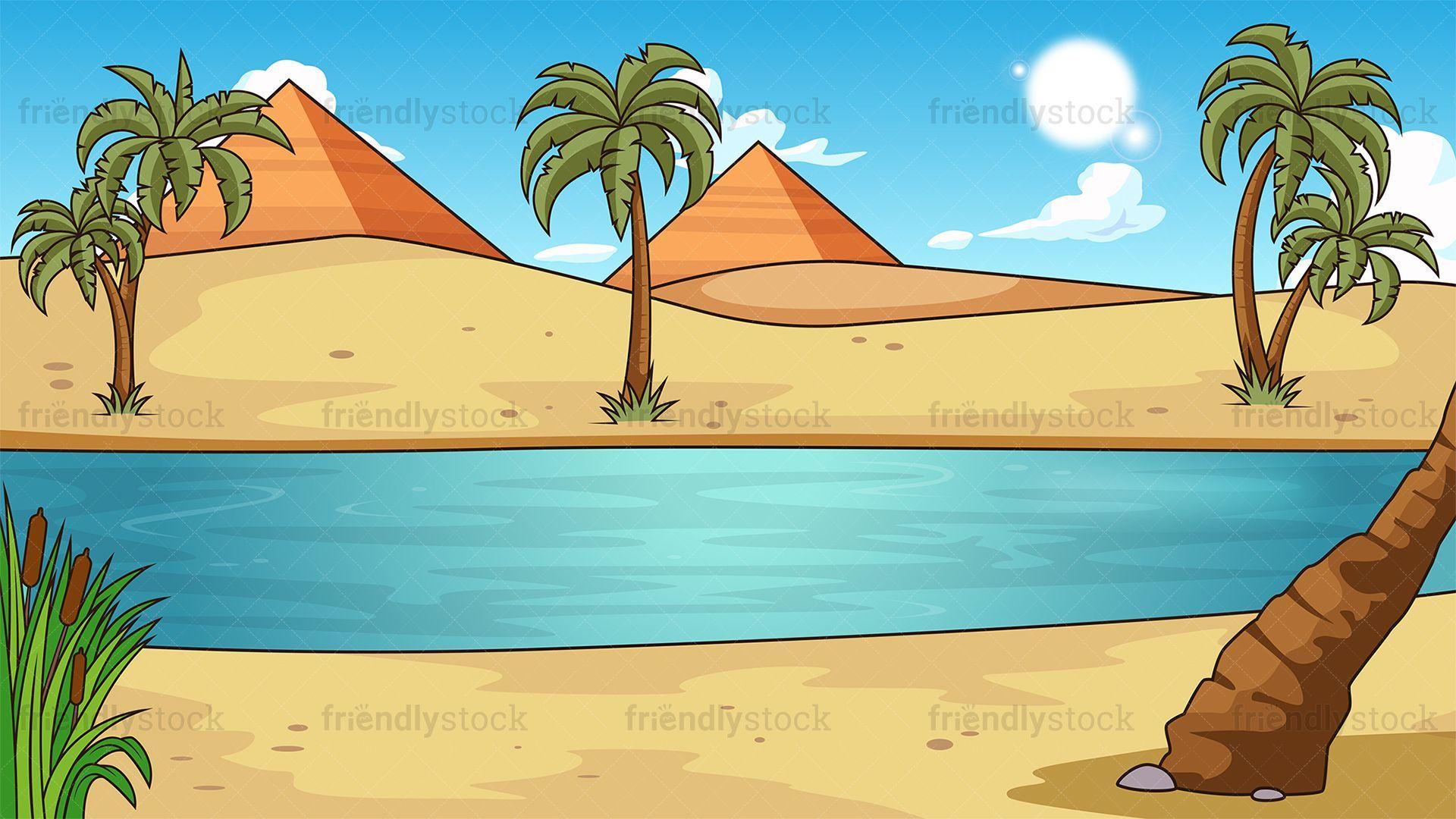
But the river volume is very unpredictable, as documented by nilometers (multi-storied structures built in the river to measure water heights). The river flow follows regular patterns, increasing between May 17 and July 6, peaking in September, and then receding until the next year. The Nile’s seasonal flooding is a central theme in Egyptian history. O, Nile, verdant art thou, who makes man and cattle to live. He who makes every beloved tree to grow … He who brings grass into being for the cattle … He who makes barley and brings emmer into being … He that waters the meadows which He created … Hail to thee, O Nile, that issues from the earth and comes to keep Egypt alive! … The river’s central importance to Egyptian life is captured in A Hymn to the Nile, recorded in Papyrus Sallier II: Floods also brought the brown silt that nourished the delta, one of the world’s most productive agricultural regions, feeding not only Egypt but many of its neighbors. Floods between June and September, the months of peak flow, could wipe out entire villages, drowning thousands of people. The Nile was a mysterious god: sometimes beneficent, sometimes vengeful. In 3000 B.C.E., when the first Egyptian dynasty unified the lower and upper parts of the Nile River, there were no states in Eastern or Central Africa to challenge Egypt’s access to Nile waters. Scores of ethnic groups in Egypt, Ethiopia, and Sudan share architecture and engineering, ideas and traditions of religion and political organization, languages and alphabets, food and agricultural practices. As Herodutus famously wrote in the 5th century B.C.E., “Egypt is the gift of the Nile.”įor millennia peoples have travelled along the banks of the Nile and its tributaries. Without that water, there would have been no food, no people, no state, and no monuments. The Nile has been essential for civilization in Egypt and Sudan. The stakes are perhaps even higher for the millions of people who owe their livelihood and very existence to the Nile’s waters. The stakes could not be higher for the new leaders in Egypt and Ethiopia, President Mohamed Morsi and Prime Minister Hailemariam Desalegn, as well as Sudan’s long-time President, Omar El Bashir. Today, however, Ethiopia is building the Grand Renaissance Dam and, with it, Ethiopia will physically control the Blue Nile Gorge-the primary source of most of the Nile waters. Christian Ethiopian kings have warned Muslim Egyptian sultans of their power to divert waters of the Nile, often in response to religious conflicts. Upriver Ethiopia, Kenya, Uganda, Rwanda, Burundi, and Tanzania argue that they too need the water that originates on their lands. Downriver Egypt and Sudan argue that they have historic rights to the water upon which they absolutely depend-and in 1979 Egyptian President Anwar Sadat threatened war on violators of what he saw as his country’s rights to Nile waters. Whether or not there were such plans in 2012, there is a long history of threats and conflicts in the Nile River Basin.


The Egyptian and Sudanese governments denied the reports. In the fall of 2012 newspapers around the world reported on a Wikileaks document, surreptitiously acquired from Stratfor, the Texas security company, revealing Egyptian and Sudanese plans to build an airstrip for bombing a dam in the Blue Nile River Gorge in Ethiopia. On water and environmental issues, readers may also want to see these Origins articles: World Water Crisis The Changing Arctic Climate Change and Human Population Global Food Crisis and Over-Fishing. Located on the Blue Nile twenty five miles from the Ethiopian border with Sudan, the Grand Renaissance Dam begins a new chapter in the long, bellicose history of debate on the ownership of the Nile waters, and its effects for the entire region could be profound.įor more on the recent history of Africa, please see these articles on Politics in Senegal, the Darfur Conflict, Piracy in Somalia, Violence and Politics in Kenya, Women in Zimbabwe, and Sport in South Africa. Now Ethiopia, one of eight upriver states and the source of most of the Nile waters, is building the largest dam in Africa. Over the past century both of these desert countries have built several dams and reservoirs, hoping to limit the ravages of droughts and floods which have so defined their histories. Egypt and Sudan are utterly dependent on the waters of the Nile River.


 0 kommentar(er)
0 kommentar(er)
